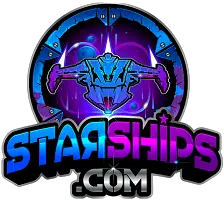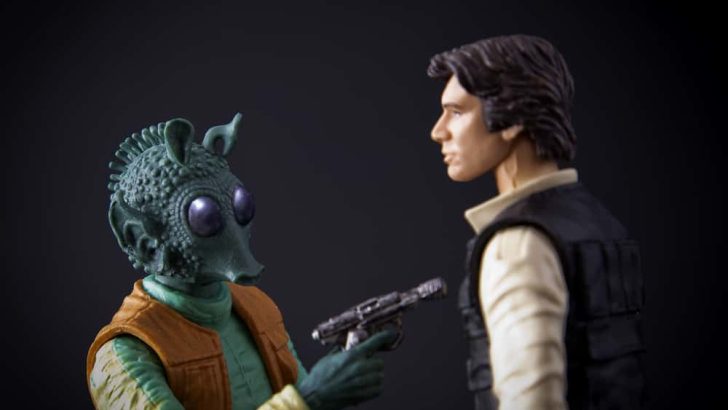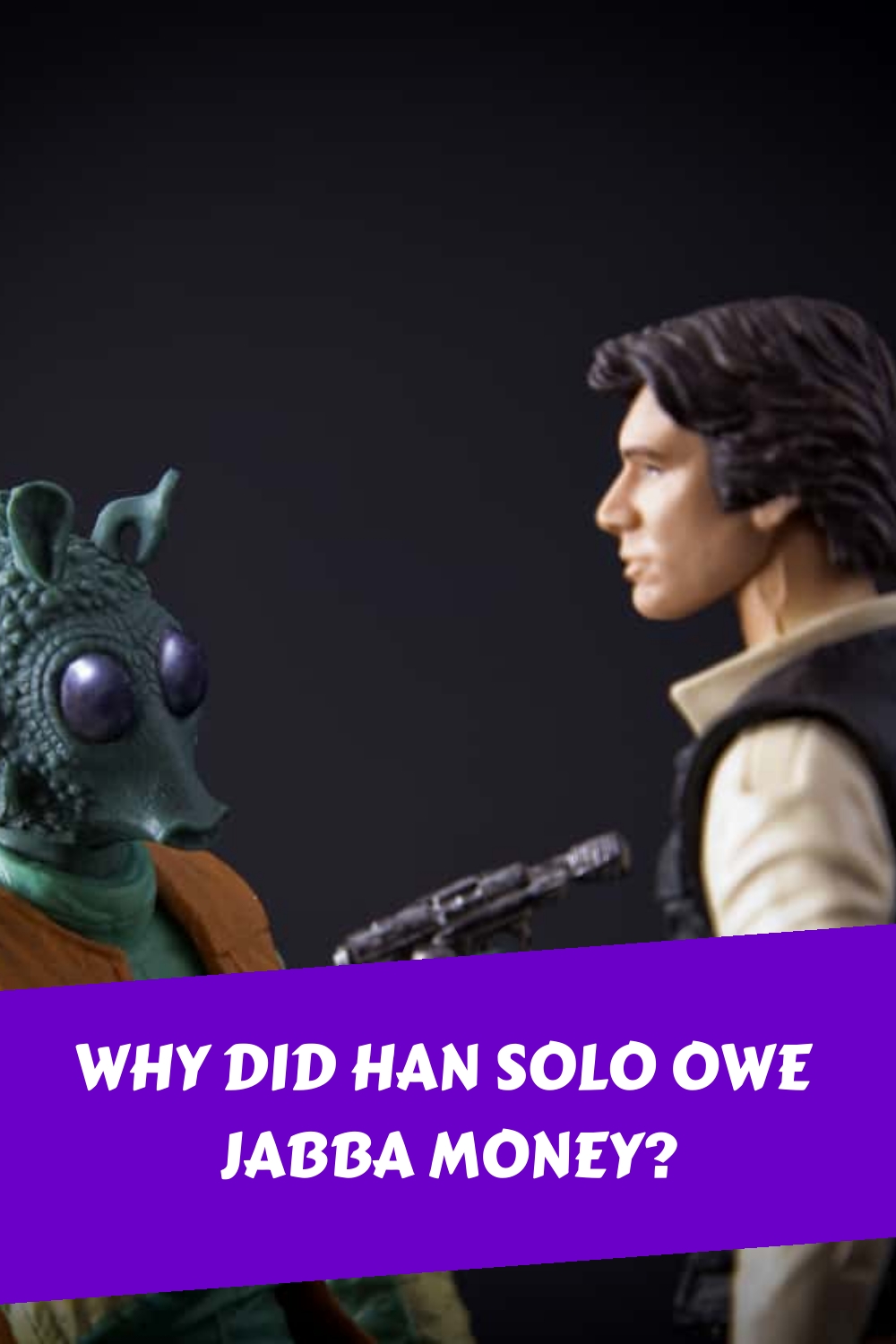Han Solo, over the course of the four canonical movies he appears in, becomes a chief figure in the rebellious Alliance. When he is first introduced in Episode IV: A New Hope, however, he is simply a smuggler who agrees to take
Why did Han Solo owe Jabba money? Prior to the events of 1977’s Star Wars (Episode IV: A New Hope), Han Solo was smuggling a shipment of “spices” (probably a pseudonym for Glitterstim, an illicit substance with addictive properties) for Jabba the Hutt when he was forced to jettison the cargo to avoid capture by Imperial customs agents. The money Han Solo owes Jabba the Hutt is initially the value of the cargo but increases over time as interest accrues, and Jabba invests more money in Han’s bounty.
While the source of Han Solo’s debt is only obliquely referenced in the movies, it has remained constant through every iteration of the franchise. The exact amount and specifics of the debt, on the other hand, have changed many times as new source material has become available, and what is considered canon has been altered.
How Much did Han Solo Owe Jabba?
No specific amount is ever stated as to how much money Han Solo owes Jabba the Hutt. Presumably, it is enough that the notorious gangster, Jabba, is willing to put a hefty bounty on one of his best (and arguably favorite) smugglers, Han Solo.
To further complicate things, as time passes, Han Solo presumably owes more as interest accrues. Because what is considered canon has changed over time, how much Han Solo owes Jabba the Hutt depends on who, and when, you ask.
A New Hope (1977)
In the first Star Wars movie that was
released in 1977 (later dubbed Episode IV: A New Hope), Han
Solo’s motivation for accepting the charter of
Greedo: Jabba’s through with you! He has no use for smugglers who drop their shipments at the first sign of an Imperial cruiser.
Han Solo: Even I get boarded sometimes. Do you think I had a choice?
In this, the first reference to the debt, it is clear that Han Solo owes Jabba the Hutt the value of the cargo he dumped when boarded by Imperial forces, but the value (and contents) of the shipment is left unspecified. Greedo only says, “Jabba’s put a price on your head, so large every bounty hunter in the galaxy will be looking for you.”
When negotiating the price of the charter with Obi-Wan, Han initially suggests a price of 10,000 (Imperial) credits paid in advance, and eventually agrees to 2,000 credits up front and another 15,000 upon delivery in Alderaan, for a total of 17,000 credits. This appears to be enough to “save [Han’s] neck” and when Greedo apprehends him soon after, Han states that he has the money to pay Jabba back, though he doesn’t have it with him. This would imply that his initial debt is less than 17,000 (and probably less than 10,000) credits.
It is often speculated that the cargo was worth 12,400 credits, and Han has managed to save 2,400 credits so far, and only needs another 10,000 credits more.
A New Hope: Special Edition (1997)
During the filming of A New Hope, Declan Mulholland portrayed Jabba the Hutt in a scene that was ultimately cut from the film.
In the scene, Mulholland portrays Jabba the Hutt as a human character wearing a shaggy fur coat. George Lucas has stated that he always intended Mulhollland’s portrayal of Jabba the Hutt to be replaced by a claymation depiction of an alien creature in his place. Citing a lack of budget to make the replacement (as well as pacing concerns, not to mention camera problems, focus problems, and film stock problems during filming), the scene was cut entirely from the 1977 release.
When the movie was rereleased in 1997 (and again in 2004), Mulholland was replaced by a Computer Generated Image (CGI) depiction of Jabba the Hutt, a large, slug-like alien creature. This scene reiterates that Jabba the Hutt has put a bounty on Han Solo because Han “dropped [his] cargo at the first sign of an Imperial starship.” Han repeats that “even [he] get[s] boarded sometimes,” and asks if Jabba thinks he had a choice.
What the scene does add is Han Solo negotiating extra time to pay Jabba his debt now that he has a nice, easy charter lined up so he can pay what he owes plus 15% (talked down from 20%) extra. If Han returned to pay Jabba after completing the charter, he would have had more than enough to cover his 11,500 credit debit. Instead, he returned to fight in the battle of Yavin, then joined the Rebel Alliance for 3 years. If his 15% interest rate accrued weekly (as is common among loan sharks) his debt would have increased to 29.6 trillion Imperial Credits in that time.
In this added scene, Jabba the Hutt also adds that if Han fails him again, he’ll “put a price on
head so big [Han] won’t be able to go near a civilized system.” The inclusion of this scene casts doubt on any calculation of how much Han Solo owes Jabba the Hutt because when Han fails to pay him back at the end of A New Hope Jabba could have added any amount to the bounty on Han Solo’s head.
Rebel Dawn (1998)
After the original trilogy concluded with Return of the Jedi in 1983, a lot of Star Wars material was produced in the form of role playing games, comic books, and novels, that fleshed out what became known as the Star Wars Universe. The material produced was considered canonical until Disney purchased Lucasfilm in 2012 and declared that the Expanded Universe was no longer canon, and would henceforth be known as “Star Wars Legends.”
For nearly 14 years, however, Rebel Dawn, the third of Ann C. Crispin’s “Han Solo Trilogy” (the second Han Solo trilogy of novels in the Expanded Universe) told the story of Han Solo and Chewbacca dumping the illicit Glitterstim from the mines of Kessel (and retconning the explanation of Han’s claim that he made the run in less than 12 parsecs – a unit of distance, not time – by passing so close to the black holes in the Maw).
With the elimination of this explanation from the canon, we are once again left with the vague explanation that Han dropped some sort of cargo he was transporting for Jabba. Because it’s Disney that now owns the rights, it’s unlikely that if the story is ever officially fleshed out that Han will have been moving illicit drugs, as he was in this version of the story.
Best Guess for Han Solo’s Debt to Jabba
While noting that the lack of concrete data (and constant changes to what information is considered canon) to determine how much Han Solo owed Jabba the Hutt, a common estimation is 224,190 Imperial credits.
This calculation assumes:
- 12,400 credits for the value of the cargo,
- 4,100 credits for killing Greedo,
- 320 credits for bounty notices,
- 5,000 credits to hire Boba Fett,
- 2,000 credits to hire other bounty hunters,
- 125,640 credits due on advances on the Millenium Falcon
- 74,730 credits in interest
These numbers, however, are based on either speculation or sources that are no longer canon. Unless a new movie lays the debate to rest, we may never know exactly how much Han Solo owed Jabba the Hutt.






Leave a comment
You must be logged in to post a comment.